Born in Ginza, central Tokyo.
He first trained as a sculptor at the Nippon Art School, and towards the end of the Taisho era, he began exhibiting. In his early years, he mainly exhibited portraits and busts.
In 1930, he won the Nikakai Prize (*) for "Part of the Fountain" and two other works, and was recommended by his fellow artists and admitted to membership. That same year, he became a professor at Banshu Gijuku, a research institute of the Nika Society. He headed the sculpture department with his senior, Yuzo Fujikawa. That same year, receiving a scholarship, he left to study in France. Upon his return, he became a central figure in the Nikakai exhibitions. Notably, at the height of the war against China, he produced a series of protest commemorative statues, "Abandon the Land," which were exhibited annually at the Nikakai exhibitions.
He responded to the demands of creating in the spirit of his times and became one of the leading figures in the field, achieving great renown, despite being rejected from official salons.
After the war, he sought to participate in the revival of the Nika society, but was expelled in 1945 following disagreements over the society's new structure.
After World War II, most of his creations focused on the atomic disaster (White Cloud - Sysyphus, 1962; Cenotaph in Hiroshima, 1962). He was also a writer.
Nikakai (*) Society of Progressive Artists. Founded in 1914 following disagreements with the juries of conservative salons. Its members were excluded from official salons.
A certificate and an illustrated biographical note will be provided to the purchaser.




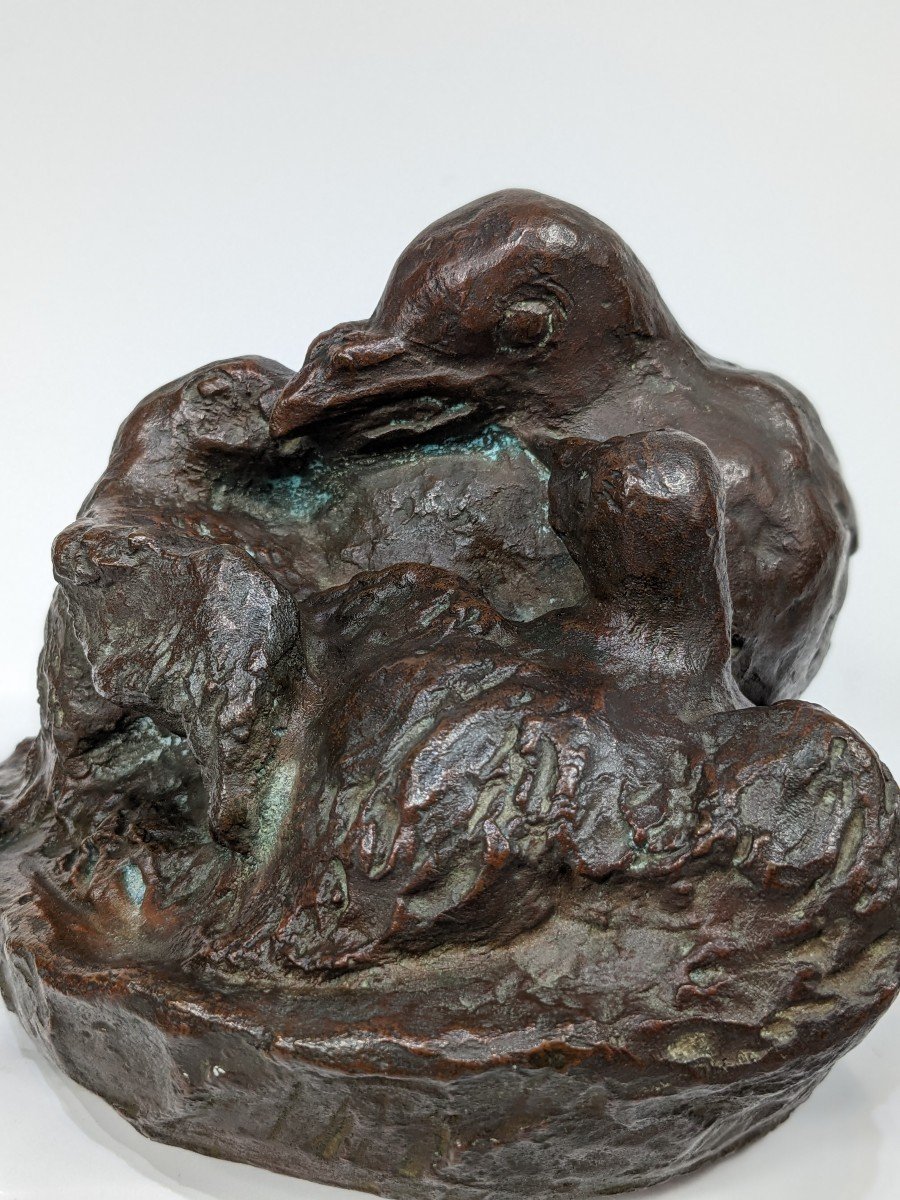







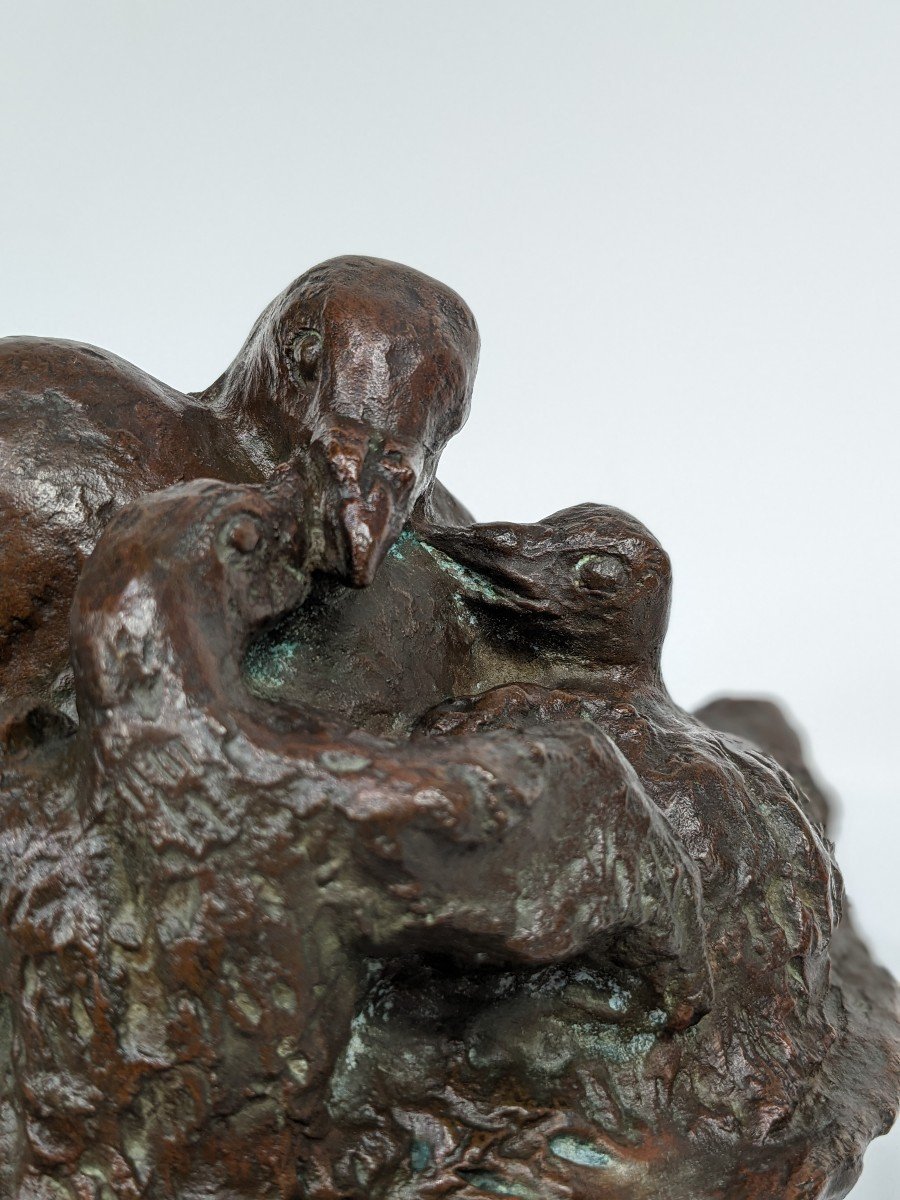














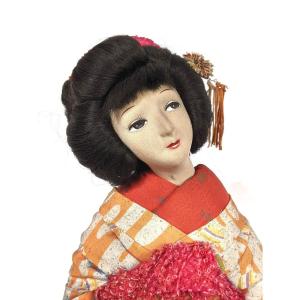
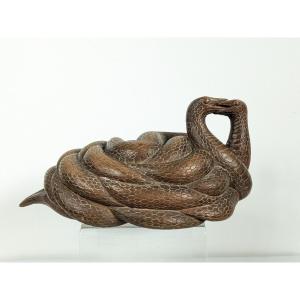
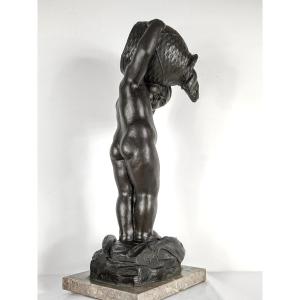


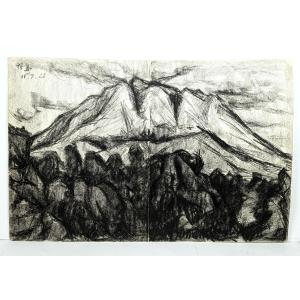
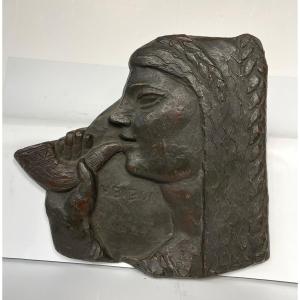





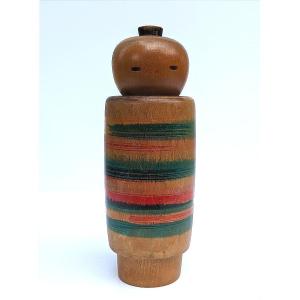
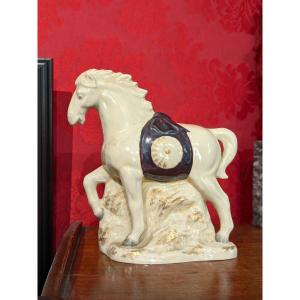


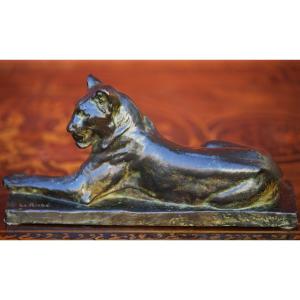
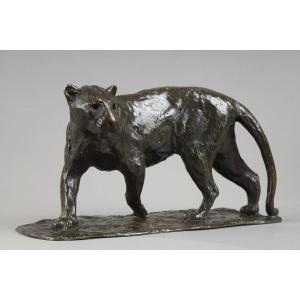
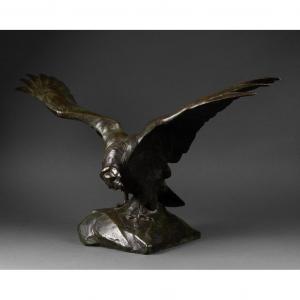




 Le Magazine de PROANTIC
Le Magazine de PROANTIC TRÉSORS Magazine
TRÉSORS Magazine Rivista Artiquariato
Rivista Artiquariato